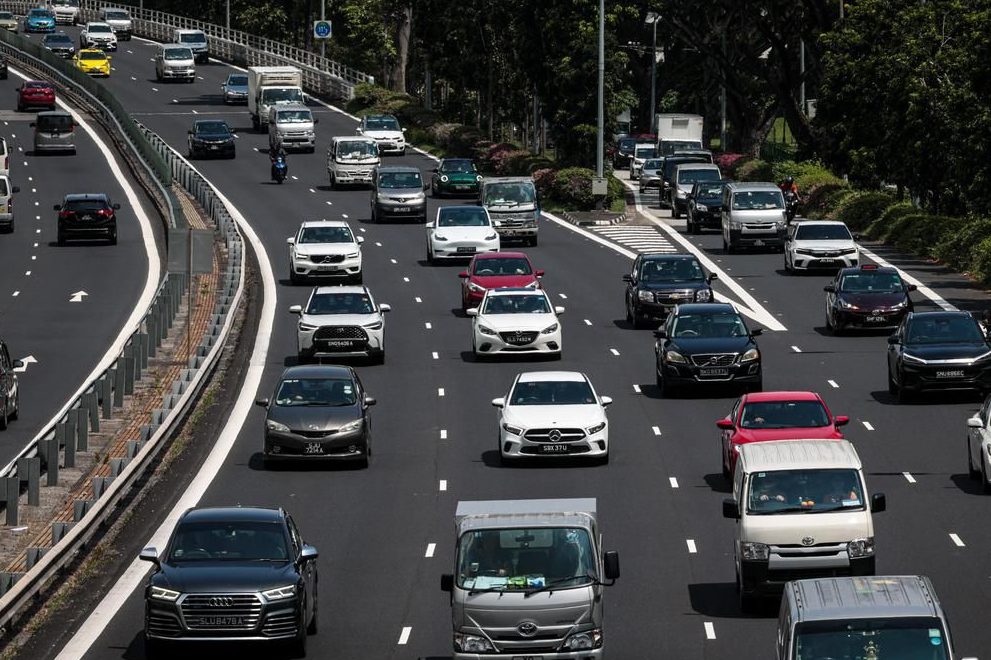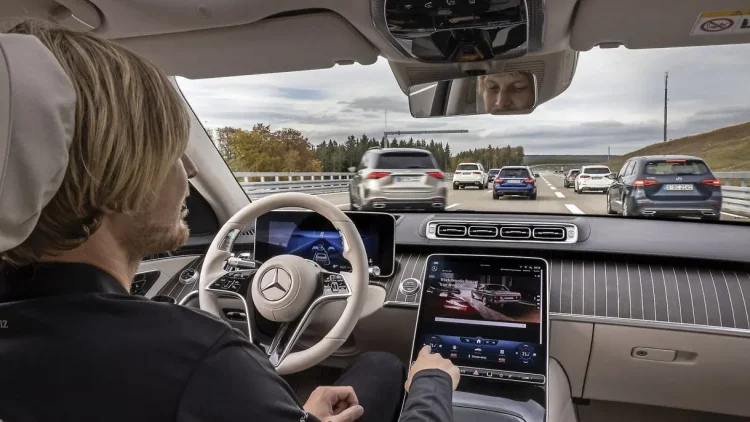Introduction
The automotive industry has long been a pillar of global economic development, technological innovation, and employment. Traditionally dominated by internal combustion engine (ICE) vehicles, the industry is now undergoing a rapid transformation, with electric vehicles (EVs) at the forefront of this evolution. Governments worldwide are pushing for a greener future, incentivizing the adoption of electric vehicles (EVs) to reduce carbon emissions, mitigate climate change, and improve urban air quality. But the question remains: Can policy truly reshape the automotive sector, and will electric vehicles become a strategic focus for governments?
In this article, we examine how government policies are influencing the future trajectory of the automotive industry, the role of electric vehicles in the government’s strategic priorities, and the broader implications of this shift for manufacturers, consumers, and the global economy.
1. The Power of Policy in Shaping the Automotive Industry
1.1 Policy as a Catalyst for Change
Government policies have historically played a significant role in shaping industries, and the automotive sector is no exception. Over the years, policies have been enacted to:
- Promote innovation through research and development (R&D) tax credits, funding for new technologies, and incentives for automakers to prioritize greener technologies.
- Drive consumer adoption of environmentally friendly alternatives through subsidies, tax rebates, and incentives for electric vehicles.
- Ensure sustainability by introducing stricter environmental standards and emissions regulations that compel automakers to adopt cleaner technologies.
As the world confronts climate change and environmental degradation, the automotive industry finds itself under increasing pressure to align with sustainability goals. Governments are using policy levers to force and incentivize automakers to shift their focus from internal combustion engines (ICE) to electric propulsion.
1.2 Environmental Regulations and Their Impact on Automotive Design
Tougher emissions standards are arguably one of the most significant policy tools pushing the automotive industry toward electrification. Many regions have introduced increasingly stringent emission standards that effectively make it more difficult for automakers to meet these criteria using traditional gasoline or diesel engines.
For example:
- The European Union (EU) has committed to reducing carbon emissions by 55% by 2030, and they have set a target for zero-emission vehicles to account for 100% of new car sales by 2035.
- California has implemented similar policies and has announced plans to ban the sale of gasoline-powered vehicles by 2035.
These regulatory frameworks place heavy pressure on manufacturers to accelerate the development of zero-emission vehicles and adopt electric vehicle technologies to comply with environmental regulations.
1.3 Subsidies, Tax Credits, and Incentives
Governments are also using financial incentives to make electric vehicles more attractive to both consumers and automakers. These incentives include:
- Tax credits: Countries like the United States, China, and several European nations offer direct financial incentives or tax breaks to consumers who purchase electric vehicles. These programs lower the effective purchase price of EVs, making them more competitive with conventional gasoline-powered vehicles.
- Research and Development (R&D) Grants: Governments are also providing automakers with R&D funding to help them develop better, more affordable EV technologies. For example, the U.S. government has allocated billions of dollars for the development of new battery technologies to reduce the cost of EVs and increase their range.
- Charging Infrastructure Investment: Public-private partnerships are being fostered to develop a global network of charging stations, with governments providing subsidies and tax incentives to companies investing in this infrastructure. For instance, the EU’s Alternative Fuels Infrastructure Directive has set ambitious goals for charging stations across Europe.
2. Electric Vehicles (EVs) as a Government Strategic Priority
2.1 The Shift Toward Green Mobility
As countries continue to grapple with the existential threat of climate change, electric vehicles are increasingly viewed as a critical component of any green strategy. Governments around the world are recognizing that EV adoption is essential not only to meet climate goals but also to promote energy independence and sustainable economic development.
- Sustainability Goals: Many nations have signed on to the Paris Agreement and other international climate frameworks, pledging to reduce carbon emissions and mitigate global warming. To meet these targets, the transportation sector—one of the largest sources of greenhouse gas emissions—must transition to zero-emission technologies, with electric vehicles being the most viable solution.
- Energy Security: Governments are also increasingly focusing on EVs as a way to reduce dependence on fossil fuels. By promoting domestic production of electric vehicles and batteries, countries can reduce their reliance on foreign oil and create jobs in the clean energy sector.
2.2 National EV Programs and Long-term Goals
Several governments have made electric vehicles central to their long-term strategic plans:
- China: As the world’s largest car market, China is making significant strides in EV adoption, with ambitious goals to have 20% of all car sales in the country be electric by 2025. The Chinese government has heavily subsidized the purchase of electric vehicles, creating an ecosystem for electric cars, batteries, and charging infrastructure. China also aims to become the global leader in electric vehicle production, positioning itself at the forefront of the green mobility revolution.
- European Union: The EU has outlined comprehensive plans for the green transition under its Green Deal. One of the main pillars is the Fit for 55 package, which includes stringent emission reduction targets, incentives for electric vehicle adoption, and the development of charging infrastructure.
- United States: The Biden administration has also placed electric vehicles at the heart of its climate agenda, with goals to electrify public transportation and subsidize the purchase of EVs for consumers. Through initiatives such as the Infrastructure Investment and Jobs Act, the U.S. aims to build a robust charging infrastructure and accelerate the adoption of electric vehicles across the country.
- India: As a nation with some of the highest air pollution levels globally, India has begun to prioritize EVs in its long-term economic and environmental policies. The Indian government has introduced subsidies for EV purchases, as well as tax exemptions for electric vehicles and a focus on improving charging infrastructure.
2.3 Automobile Industry as a National Strategic Asset
In many countries, the automotive sector is considered a strategic national asset. The transition to electric vehicles is viewed as an opportunity not only to reduce environmental impact but also to create new industries, jobs, and economic growth. By investing in the production of electric vehicles, governments are aiming to position themselves as global leaders in green technology.
For instance:
- The EU is investing heavily in the development of battery production to ensure that European automakers are not reliant on Asian suppliers. This is a strategic move to ensure that Europe maintains its competitive edge in the electric mobility market.
- The U.S. is providing subsidies and grants to automakers like General Motors, Ford, and Tesla to accelerate their shift to electric vehicles and to build new factories for the production of batteries and EV components.
The goal is to reduce reliance on foreign manufacturing and energy, creating more sustainable, domestic industries that contribute to a green economy.

3. Challenges to Policy Implementation and the Global Shift to EVs
3.1 Balancing Economic Concerns with Environmental Goals
While electric vehicles are a crucial component of a sustainable future, the transition is not without its challenges. Governments must balance the environmental benefits of EVs with economic and social considerations, such as:
- Job Displacement: The shift away from internal combustion engine vehicles could lead to significant job losses in industries related to oil, gas, and traditional vehicle manufacturing. Governments need to provide retraining programs and job creation initiatives to mitigate the social impact.
- Affordability and Accessibility: While EV prices are dropping, electric vehicles are still often more expensive than their gasoline counterparts. Governments will need to address affordability issues to ensure that electric vehicles are accessible to a broad consumer base.
3.2 Supply Chain and Infrastructure Bottlenecks
The shift to electric vehicles requires the development of extensive charging infrastructure, battery production facilities, and raw materials supply chains (e.g., for lithium, cobalt, nickel). Ensuring that these elements are in place to support widespread EV adoption will require massive investment and international cooperation.
For instance, battery production remains a bottleneck, as lithium-ion batteries are critical to EV performance and cost-effectiveness. Securing a stable supply of these raw materials is a priority for many governments, as it directly impacts the growth of the EV market.
3.3 Global Disparities in EV Adoption
The adoption of electric vehicles varies greatly between regions. While countries like Norway, China, and the EU are making significant strides, other countries, particularly in the developing world, face challenges such as lack of infrastructure, low-income levels, and limited access to electric vehicles. Global cooperation and financial support will be essential to ensuring that the shift to EVs is a truly global transition.
4. Conclusion
Government policy is playing a crucial role in the transformation of the automotive industry, especially in accelerating the global adoption of electric vehicles. As climate change, energy security, and environmental concerns take center stage, electric vehicles are increasingly becoming a strategic priority for governments worldwide. Through a combination of regulatory pressure, financial incentives, and long-term planning, policymakers are shaping the future of the automotive industry, pushing for a cleaner, greener, and more sustainable transportation ecosystem.
However, this shift is not without its challenges. Balancing economic impacts, developing adequate infrastructure, and addressing global disparities in EV adoption will require careful planning, investment, and international cooperation. But one thing is clear: the future of the automotive industry will be driven by electric vehicles, and governments will continue to play a pivotal role in making this transition a reality.











































